Check out some of the benefits that an enclosure adds to your pool during the winter!
Blog
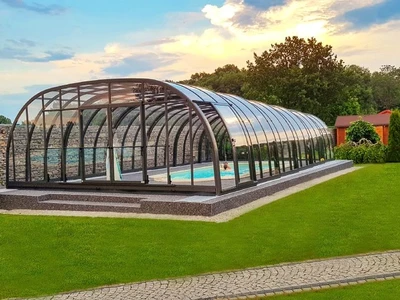
Important criteria for choosing a pool enclosure
Are you thinking about getting a pool enclosure but don’t know where to start? Don’t worry – we’re here to help! With over 25 years of experience and a broad portfolio of enclosure models, we are prepared to handle a wide range of situations and requirements that might arise when choosing a pool enclosure.
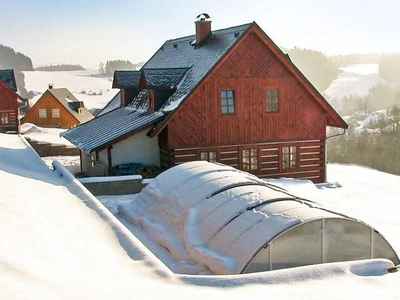
HOW TO CARE FOR YOUR POOL AND ENCLOSURE IN WINTER?
Winter is here, bringing with it snow season and frost. If you haven’t winterized your pool and enclosure yet, now is the time. Take advantage of any sunny day to make the most necessary adjustments to your pool and enclosure. This will help prepare them for the upcoming snow and freezing days. We're here to guide you through the process.
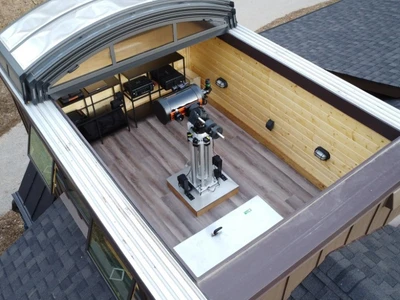
NASA employee used our enclosure in an unconventional way!
When someone says “pool enclosure,” many imagine relaxing by the water. But the idea of using the enclosure as the roof of a private observatory requires much more imagination—and courage.
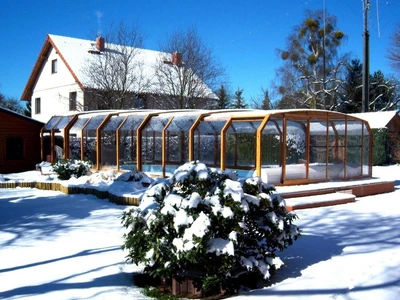
Benefits of Pool Enclosures and Patio Enclosures in the Winter
Swimming season is always considered as the summer. But what if we told you, it didn’t have to be limited like that? With our pool enclosures, you can transform your pool into a 365-day per year paradice.
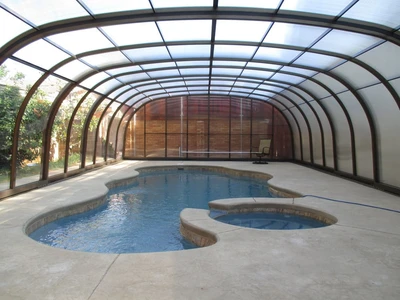
The Good, Bad, and Ugly of a Pool Cover instead of an Enclosure
Your pool is an investment, one that can and should be protected. It’s important to choose the right kind of cover to suit your needs. There are many types of different pool protectants to choose from. The two primary types are covers and enclosures.
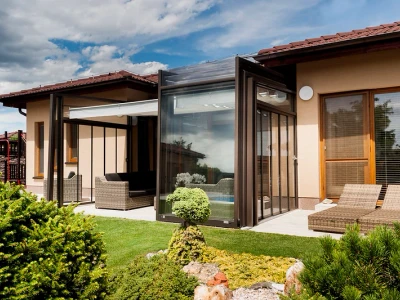
Advantages of custom-made enclosures
In one of our previous blog posts, we asked the question: why should you invest in a pool or patio enclosure at all? The answer was clear – because it comes with a range of benefits. Now the next question is: which type of enclosure should you choose to suit your specific needs? The answer might be to opt for a custom-made enclosure. Choosing a tailor-made enclosure brings even more advantages.
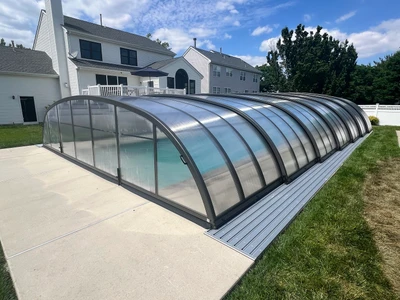
Concrete and Bonding Recommendations
Planning to install a pool enclosure? Ensuring the right foundation and safety measures are crucial for a long-lasting and secure structure.
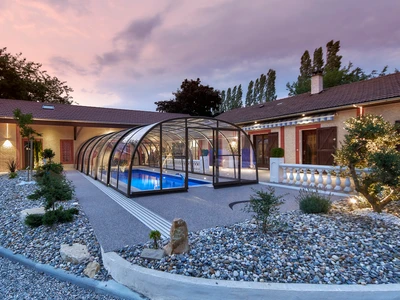
Pool Enclosure vs Permanents
This comparison delves into the comparative benefits of pool enclosures versus other permanent pool structures. From enhancing safety and initial investment to minimizing maintenance and installation time, the unique advantages of pool enclosures are examined in contrast to traditional pool constructions.
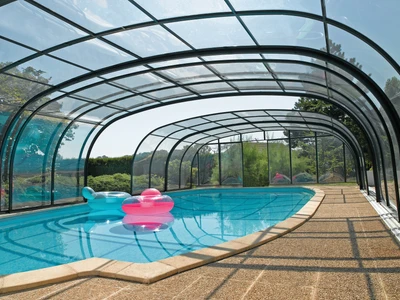
Pool Enclosure vs Auto Cover
In an upcoming comparison, the debate between pool enclosures and pool covers takes center stage as homeowners weigh the pros and cons of each option. Delving into factors such as cost, maintenance, safety, and aesthetics.
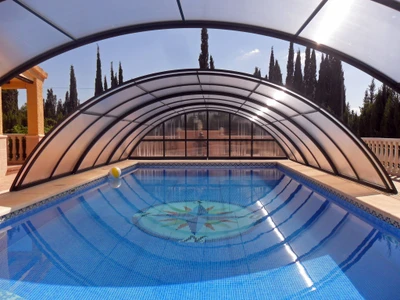
Polycarbonate Differences
Shows the differences between compact and multiwall polycarbonate.
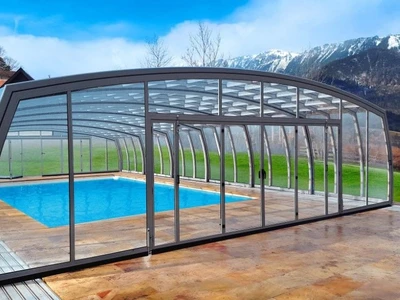
ACCORDION DOOR - New Product
Introducing the Accordion Door: A Revolutionary Pool Enclosure Innovation
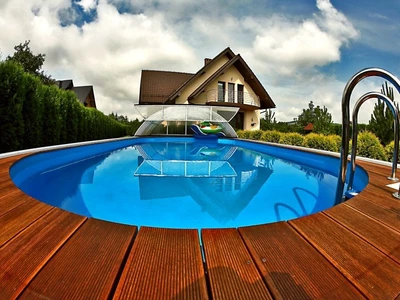
How to keep your pool water clean?
Having a swimming pool is a dream come true, but it also marks the beginning of taking care of water quality so it always remains crystal clear and lagoon-like.
